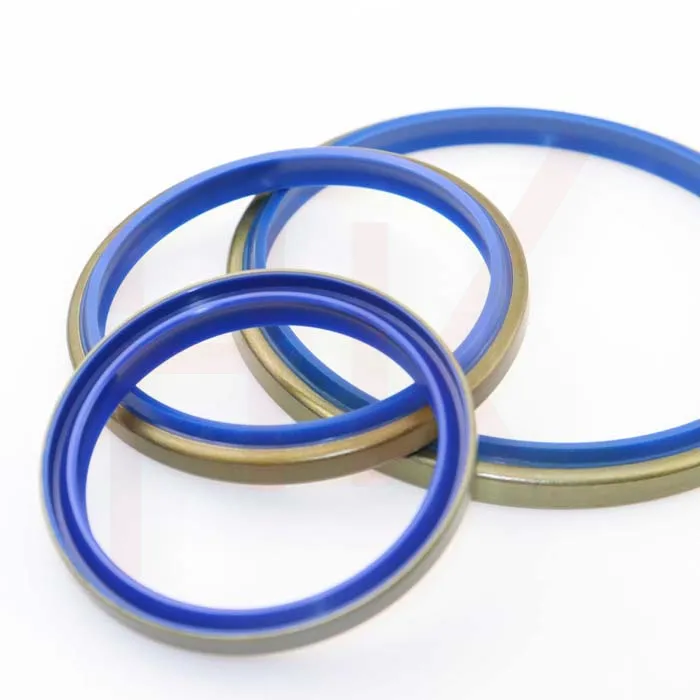Ное . 18, 2024 11:20 Back to list
high pressure rotary shaft seals
High Pressure Rotary Shaft Seals An Overview
High pressure rotary shaft seals are essential components in various machinery and equipment that require effective containment of fluids while allowing for continuous rotary motion. These seals play a crucial role in industries such as automotive, aerospace, oil and gas, and manufacturing, where preventing leaks is vital for operational efficiency, safety, and environmental protection. This article will explore the design, materials, applications, and advancements in high pressure rotary shaft seals.
Understanding High Pressure Rotary Shaft Seals
At its core, a rotary shaft seal is designed to prevent the escape of lubricants and other fluids, while also keeping contaminants out. High pressure rotary shaft seals are specifically engineered to withstand elevated pressure levels, often reaching hundreds or even thousands of psi. These seals must ensure a tight fit around the rotating shaft, providing a barrier against wear and tear over prolonged use.
The basic construction of these seals includes several key components a sealing lip, a metallic casing, and a spring or energizing device. The sealing lip interacts with the rotary shaft, maintaining constant contact to effectively block fluid leakage. The metallic casing encases the seal, providing structural integrity and facilitating installation within the housing. The spring mechanism ensures that the seal maintains adequate pressure against the shaft, compensating for any wear that might occur over time.
Material Selection for Durability
The choice of materials for high pressure rotary shaft seals is critical, as they must endure not only high pressures but also the specific fluid characteristics they are meant to seal
. Common materials include elastomers, polymers, and metals. Common elastomers used in seals are Nitrile (NBR), Fluoroelastomer (FKM), and Ethylene-Propylene Diene Monomer (EPDM). Each of these materials offers unique properties suited for different fluid types, temperature ranges, and applications.For example, Nitrile is highly resistant to petroleum-based fluids, making it suitable for automotive applications, whereas fluorinated elastomers excel in high-temperature scenarios typical in aerospace applications. In addition to chemical compatibility, the chosen material must also demonstrate excellent mechanical properties, fatigue resistance, and resilience to environmental factors.
high pressure rotary shaft seals

Applications of High Pressure Rotary Shaft Seals
High pressure rotary shaft seals find extensive use in a myriad of applications across various industries. In the automotive sector, they are commonly found in engine assemblies, transmission systems, and power steering units. Their ability to prevent oil leaks is crucial for maintaining pressure and ensuring the longevity of vehicle components.
In industrial machinery, such as hydraulic pumps and compressors, these seals play a vital role in maintaining system pressure and preventing fluid loss that can lead to inefficiencies and operational downtime. The oil and gas industry also relies heavily on high pressure rotary shaft seals in drilling and extraction equipment, where the prevention of leaks is paramount for both safety and environmental protection.
Technological Advancements
Recent advancements in seal technology have led to the development of specialized high pressure rotary shaft seals that can function effectively under extreme conditions. Innovations such as advanced manufacturing techniques, including 3D printing, have opened new avenues for creating customized seals tailored to specific applications, improving efficiency, and reducing costs.
Additionally, the use of smart materials that can autonomously adjust their properties in response to varying pressure levels and temperatures is an emerging trend. These self-adjusting seals can enhance reliability and reduce maintenance needs, as they adapt to changing conditions seamlessly.
Conclusion
High pressure rotary shaft seals are indispensable components that ensure the effective sealing and functioning of machinery across various industries. With their critical role in preventing fluid loss and contamination, the design, material selection, and continuous technological advancements in these seals will remain a focus for engineers and manufacturers. As we move towards more efficient and sustainable industrial practices, the importance of these seals cannot be overstated, and ongoing research and development will continue to enhance their performance and reliability in demanding environments.
-
Understanding Oil Seals and Their Role in Machinery Efficiency
NewsApr.08,2025
-
The Importance of Seals in Agricultural and Hydraulic Systems
NewsApr.08,2025
-
Essential Guide to Seal Kits for Efficient Machinery Maintenance
NewsApr.08,2025
-
Choosing the Right TCV Oil Seal for Your Machinery
NewsApr.08,2025
-
Choosing the Right Hydraulic Oil Seals for Reliable Performance
NewsApr.08,2025
-
A Comprehensive Guide to Oil Seals and Their Applications
NewsApr.08,2025
-
The Importance of High-Quality Oil Seals in Industrial Applications
NewsMar.26,2025
Products categories
















